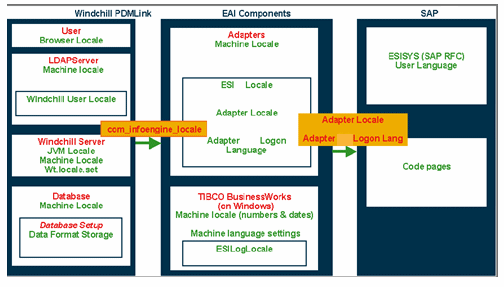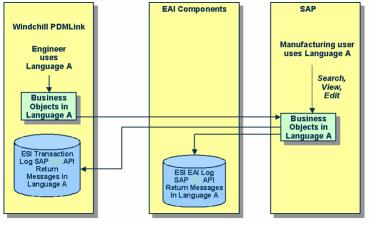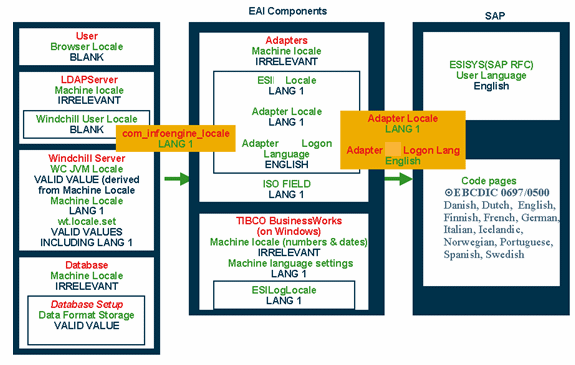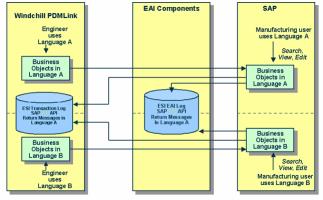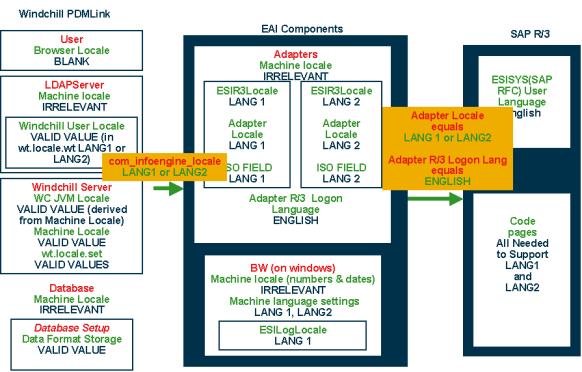|
|
All PTC-developed code-level language is in U.S. English only.
|
|
|
All PTC-developed code-level language is in U.S. English only.
|
|
Country
|
Locale Description
|
Windchill Language
|
Windchill Locale Value (Setting for com_ infoengine_ locale)
|
SAP Language
|
SAP Language Value
|
|
United States
|
English
|
English
|
en_US
|
English
|
EN
|
|
Great Britain
|
English
|
English
|
en_GB
|
English
|
EN
|
|
Japan
|
Japanese
|
Japanese
|
ja
|
Japanese
|
JA
|
|
Taiwan
|
Chinese
|
Chinese
|
zh_TW
|
Chinese Trad
|
ZF
|
|
China (PRC)
|
Traditional Chinese
|
Chinese
|
zh_CN
|
Chinese
|
ZH
|
|
Korea
|
Simplified Korean
|
Korean
|
ko
|
Korean
|
KO
|
|
Italy
|
Italian
|
Italian
|
it
|
Italian
|
IT
|
|
France
|
French
|
French
|
fr
|
French
|
FR
|
|
Germany
|
German
|
German
|
de
|
German
|
DE
|
|
Spain
|
Castilian Spanish
|
Spanish
|
es
|
Spanish
|
ES
|
|
Brazil
|
Brazilian Portuguese
|
Portuguese
|
pt-br
|
Portuguese
|
pt_BR
|
|
|
This functionality is not available in Windchill ESI; however, a placeholder has been created for customization purposes.
|
|
API
|
API Field
|
API Field Description
|
|
Material
|
LANG_ISO
|
Material Description
|
|
Document
|
LANGUAGE_ISO
|
Document Description
|
|
|
SAP logon language cannot be changed per adapter. Thus, every adapter instance connects to SAP using one language.
|
